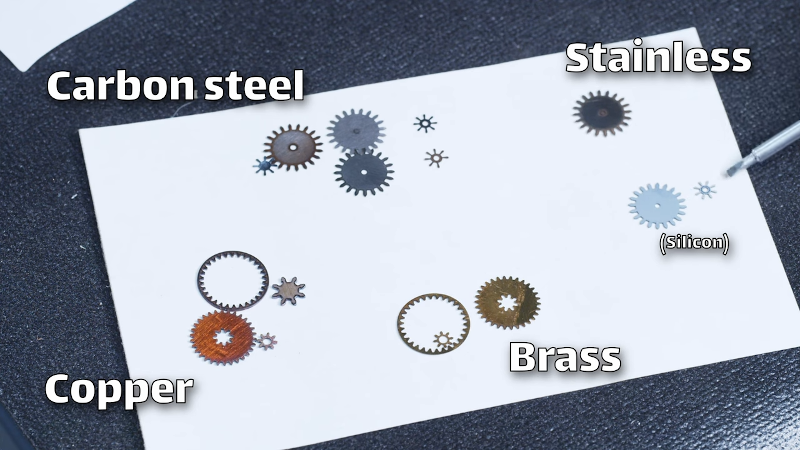[Breaking Taps] has a nice pulsed fiber laser and decided to try it to micromachine with silicon. You can see the results in the video below. Silicon absorbs the IR of the laser well, although the physical properties of silicon leave something to be desired. He also is still refining the process for steel, copper, and brass which might be a bit more practical.
The laser has very short duration pulses, but the pulses have a great deal of energy. This was experimental so some of the tests didn’t work very well, but some — like the gears — look great.
This probably isn’t going to work with your $200 Chinese laser engraver. But if you do have the right kind of laser (his is a generic one that runs about $4000-$6000), the tips about focal length and timing will probably save you some experimenting on your own.
We have to admit we were a bit jealous. Not only does he have access to a fairly nice laser, but he also has access to a scanning electron microscope which is of better quality than the ones we used to use and we don’t even have access to those anymore. You can see a lot of analysis of the parts carried out under the SEM in the video.
If you are looking to justify the cost of a fiber laser, they do make dandy PCBs. We’ve even seen a little of how these lasers work internally.
















I was able to cut extremely thin strips of steel with a 100W Co2 laser. Grab a spark plug feeler gauge set some time and you can try it yourself.
The maximum useable thickness to cut was .001″, and you can cut somewhat thicker pieces but the edges are very burned and probably unusable. There’s a gasket material that’s roughly like tin foil, and this cuts very well on a CO2 laser.
A CO2 laser will “etch” on glass, but the etch is somehow completely different from the etch of a glass cutter. I couldn’t get an etched glass piece to snap properly with many hours of trying. The etch doesn’t get deeper with repeated passes, either.
I got *some* results cutting glass under water. Take a piece of construction paper and wet it with water, place it on the glass, and use the laser to cut. this *almost* works, and maybe someone with more patience can figure out a cut profile that works better.
I was able to cut copper PCB using a CO2 laser, despite copper being reflective to that wavelength. Just cover the PCB with Kynar tape and cut through that. Again, it’s very burn-ey and not useful for hobbyists, but maybe someone else can figure out a good cut profile that works better. Maybe construction paper soaked in salt water or other chemical?
If you’re a hobbyist chemist looking for an interesting avenue for investigation…
Perhaps a coating can be used as a primer for the cut. If, for example, dry moly lubricant could be sprayed over the copper PCB before cutting, and the vaporized surface coating would eat through the metal underneath or contain the heat long enough to vaporize the metal. Dry moly won’t work (it sinters into the metal, making it useful for embedding logos and text into metal pieces), but I wonder if there isn’t some other coating that would allow a CO2 laser to make reasonable cuts in metal.
You can also spray-paint a piece of metal, use the laser to knock off outlines of what you want (leaving exposed metal), then etch the piece using normal chemical methods. You can make etched PCBs this way. The spot size of your laser is probably too large to make anything sophisticated (ie – too large to etch a trace to go between two pads), but for simple through-hole boards or power boards (big, wide traces) it works just fine. (Dry the board completely in an oven before cutting – paintedmetal takes an enormous amount of time to completely dry.)
There is always the old, etching primer, expose outline (and a connector spot that will stay out of the water) then ‘cut’ with salt water and a battery charger method.
Works great to produce reed valves for pulse jets. Preserves the temper of the steel. Reasonably accurate.
If you can get your hands on one of those horrifying Chinese hair removal YAG lasers, you can do LIBWE etching with copper salts.